Search
Search Results

Article
Origin of the Sweat Lodge
The sweat lodge is a temporary or permanent structure integral to Native American culture and frequently used in spiritual ceremonies. The lodge is often a low, dome-shaped, structure heated by hot rocks which produce steam as water is poured...

Article
How the Rabbit Lost His Tail
How the Rabbit Lost His Tail is a Sioux legend, part origin myth and part didactic tale, explaining why the rabbit looks as it does, why the owl is a night bird, and how one should treat a member of one’s family and also one’s community...

Article
A Teton Ghost Story
A Teton Ghost Story is a tale from the Native American Teton (Tetonwan) of the Oceti Sakowin (People of the Seven Council Fires), better known as the Sioux, on one of the possibilities of the state of the soul after death and how the living...

Article
Sioux Life Lessons: Iktomi and the Muskrat & Iktomi's Blanket
The Sioux stories known as Iktomi tales concern the trickster figure Iktomi (also known as Unktomi) who appears, variously, as a hero, sage, villain, clown, inept buffoon – or in other roles – but always serves to illustrate some important...
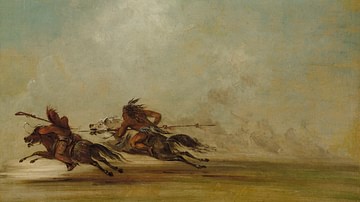
Article
The Brave Who Went on the Warpath Alone and Won the Name of the Lone Warrior
The Brave Who Went on the Warpath Alone and Won the Name of the Lone Warrior is a Sioux tale in the tradition of the hero's journey in which a young person overcomes seemingly impossible challenges and is recognized as a great champion and...
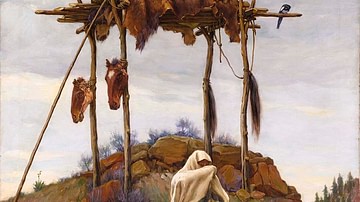
Article
The Man Who Wrestled with a Ghost
The Man Who Wrestled with a Ghost (also given as The Indian Who Wrestled with a Ghost) is a Teton Sioux tale on how one should interact with the spirits of the dead in circumstances where one cannot avoid them. It is one of the best-known...
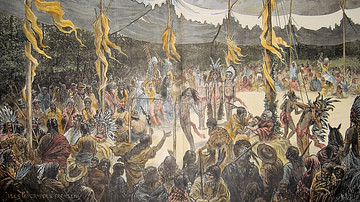
Article
Hidatsa Sun Dance Ritual
The Hidatsa Sun Dance Ritual (also known as Hidatsa Sun Dance) is a Native American story of the Hidatsa nation illustrating the practice of an individual initiating the Sun Dance for personal reasons, in this case, to win the hand of the...
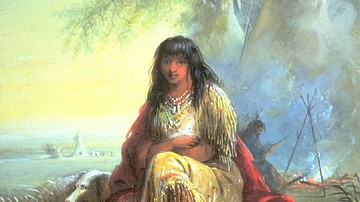
Article
The Resuscitation of the Only Daughter
The Resuscitation of the Only Daughter is a Sioux story about a young maiden who dies and returns to life, helped by a hunter and his wife, and then lives into old age. The story is open to many interpretations including the concept of fate...

Article
Cultural Links between India & the Greco-Roman World
Cyrus the Great (558-530 BCE) built the first universal empire, stretching from Greece to the Indus River. This was the famous Achaemenid Empire of Persia. An inscription at Naqsh-i-Rustam, the tomb of his able successor Darius I (521-486...
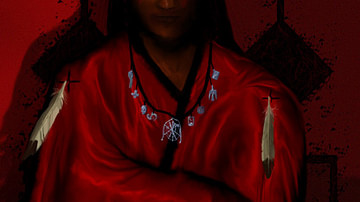
Article
Iktomi Tales
Iktomi (also known as Unktomi) is a trickster figure of the lore of the Lakota Sioux nation similar to tricksters of other nations, such as Wihio of the Cheyenne, Nanabozho (Manabozho) of the Ojibwe, Coyote of the Navajo, or Glooscap of the...